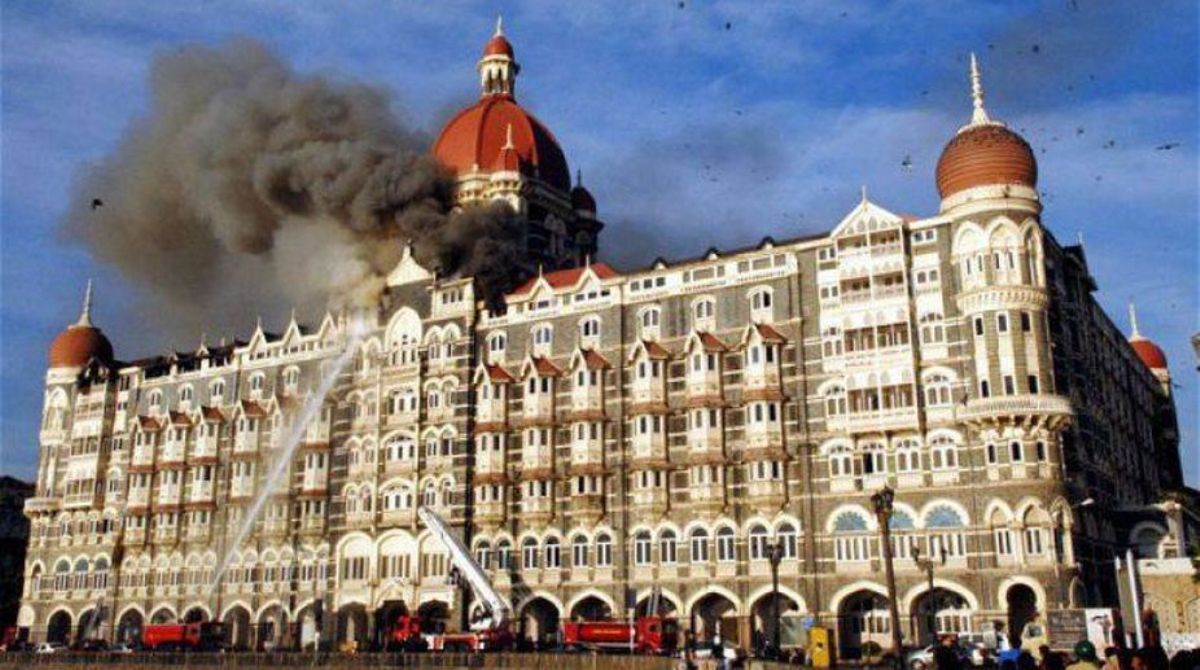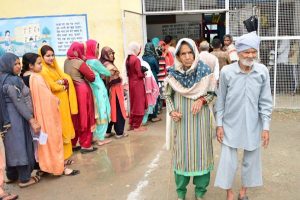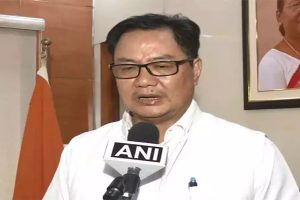Practically all countries with armies worth reckoning have Chiefs of Defence Staff. Even after 70 years the government of India keeps dithering. The excuse is that while two services are amenable, the third one is not. Governments that make such excuses and get away with it can never be rated as first-rate, at best they can be rated second rate if not third rate. It shows rank indecisiveness.
This point is being highlighted because looking into India’s past the British, who ruled India, with a small British military force in the country were yet able to keep tight control because they had set up Area and Sub-Area Headquarters of the Army around the country to come to the aid of civil authorities in times of distress or any internal threat. The command and control was clear and these entities functioned admirably up to Independence and for some period after that.
Had such a practice been in vogue the Area Commander in Mumbai would automatically have brought the situation under control in much lesser time. He certainly would not have waited for NSG reinforcements to come in simply because commandos could slither on to the rooftop from helicopters and had superior weapons.
READ | 26-11: Ten years after ~ Part I
In Europe and elsewhere, women and young people often practice slithering from helicopters as a sport or a fitness exercise. Most if not all infantry battalions could easily do the same. The NSG commandos killed terrorists who were holed up at three locations by 29 November.
It needs to be mentioned here that in Paris regardless of the presence of the President, Prime Minister and the heads of the military being located in the city, it is the military governor of Paris who is responsible for taking over in similar situations in the first instance to prevent confusion in the first few hours. Meanwhile, the Cabinet or the Forces Headquarters can decide on future action, possibly asking the military governor to stand down thereafter. It so happens that the Military governor resides in his quarters at the Invalides above the Tomb of Napoleon Bonaparte.
When the National Security Guard or NSG was raised in the early 1980s, it was trained primarily for anti-hijacking operations that were rife in the world at that time. The Special Protection Group’s purpose was well-defined. (Simultaneously the NSG was being set up to tackle the largescale threat coming from Bhindranwale that was causing havoc all over Punjab). Today, its frequent deployment hinders the quality of response that should be there in all states from coming up to par.
In Mumbai, the Area Commander could have tasked any battalion commander to send his Ghatak Platoon to deal with the emergency. Ghatak platoons in infantry battalions are well-trained to go after enemy tanks in war and carry out cross-border operations up to a limited depth. Their level of training is always high. To reiterate a Ghatak platoon would have completed all actions that were pending till the NSG arrival ~ creating a mental paralysis of sorts ~ well within the first 30 to 40 hours if not earlier with the assistance of the Mumbai police already deployed.
It is hoped that the NSG will be sent in more selectively unless it is occasionally to send in teams to hone their skills from time to time. Further, like Maharashtra, all states should raise their own specialist forces based on Force One of Maharashtra as a model.
To say that cowardliness might be a factor is too strong a word to use. The fact is that our people have not been trained even mentally to be the first responders in case of internal emergencies of various types that take place all the time all over the country. Invariably they wait for some higherups or specialists from outside to take charge.
A case in point is the Taj Mahal Palace & Tower Hotel in Mumbai that turned out to be one of the major targets and where the greatest damage to the edifice took place. On 26 November there were many people dining and wining in the restaurants of the hotel. In fact it was the favoured place for officers of the army, navy and police, both serving and retired, to take tea in the evening. Over the hours most of them were evacuated by the fire department with ladders.
Instead of fleeing did it not strike even one of them to decide to stay on and ask for weapons to be sent in? Had they done so and asked for weapons to be sent in through the same rescue route, the terrorists could have been dealt with effectively. Of course there is the off-chance that many of them who might have had a derring-do idea might have had second thoughts as they might have felt that a better action plan to deal with the situation was under way. As it turns out it was not the case.
The Taj is a labyrinth that even frequent visitors find difficult to find their way. In the blackout it would have made life more difficult for the attackers holed therein. The small force under an army officer would have had advantage of surprise as well. Army officers are certainly trained for adverse situations.
An Area Commander would have certainly used this method to deal with the situation. The most-heartening part of that episode is that many Taj employees ~ all of them civilians ~ did not panic and stayed at their posts at least till the guests had been evacuated. There are several other aspects that need further deliberation for the future. These will be dealt with in a subsequent paper.
(Concluded)
The writer is the author of Third Millennium Equipoise. He can be reached at www.vinodsaighal.com











